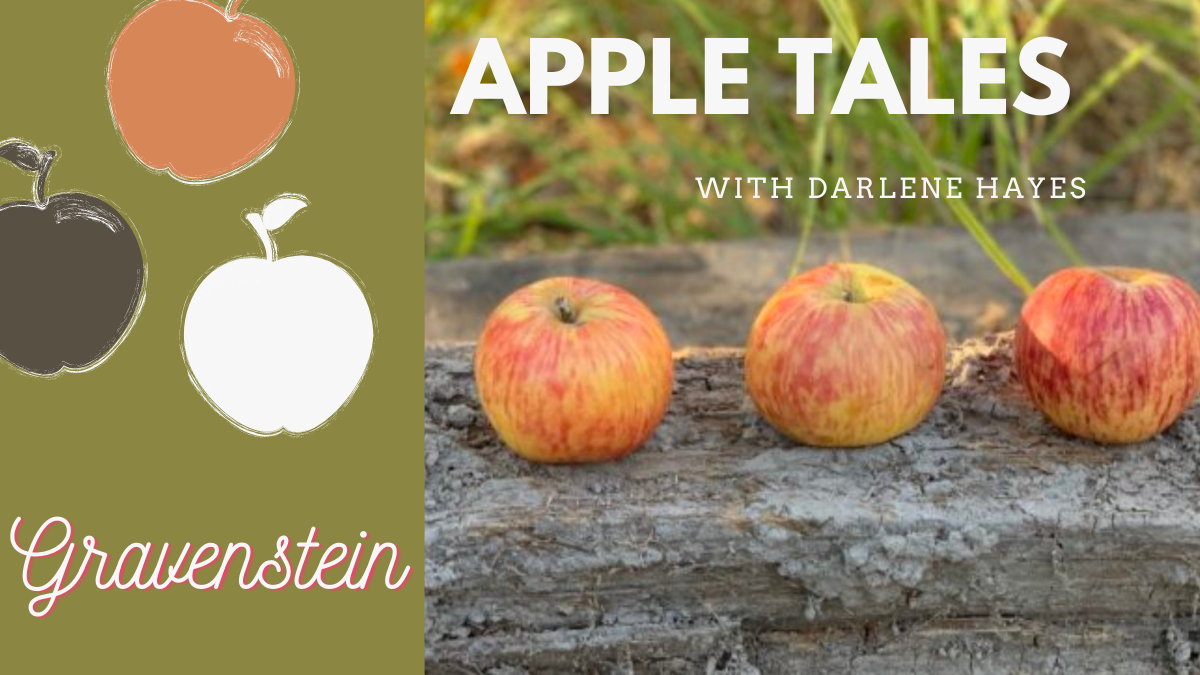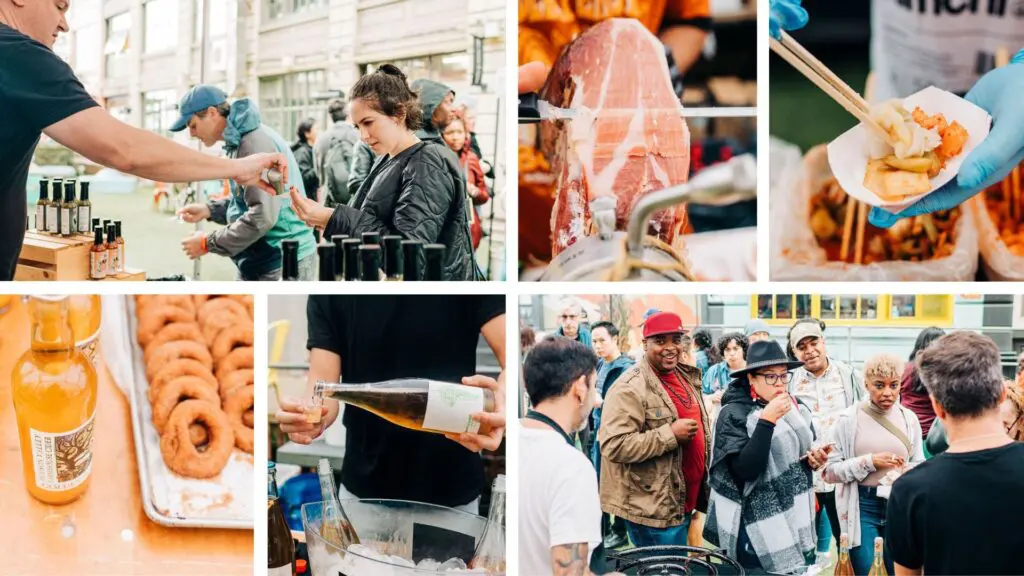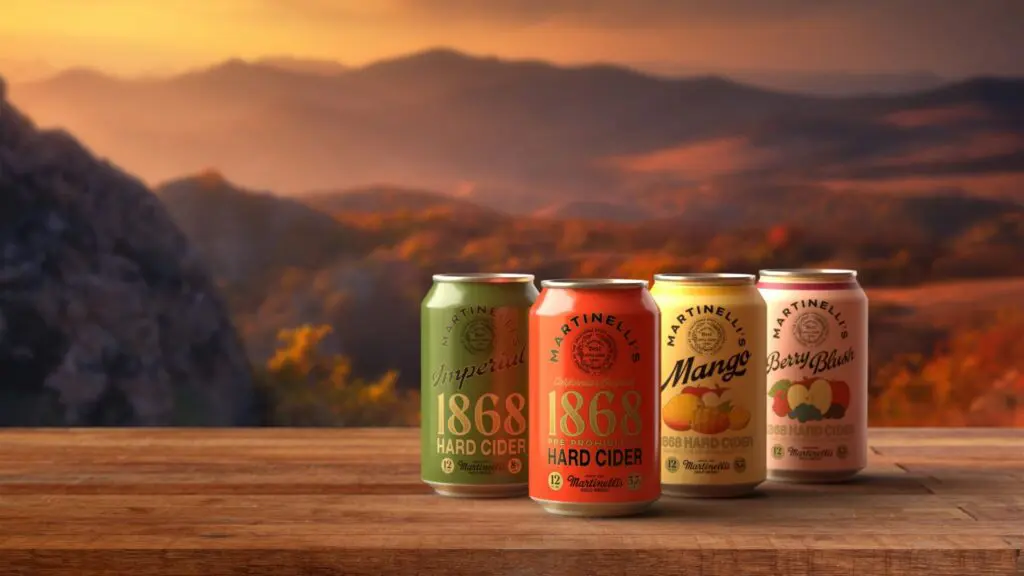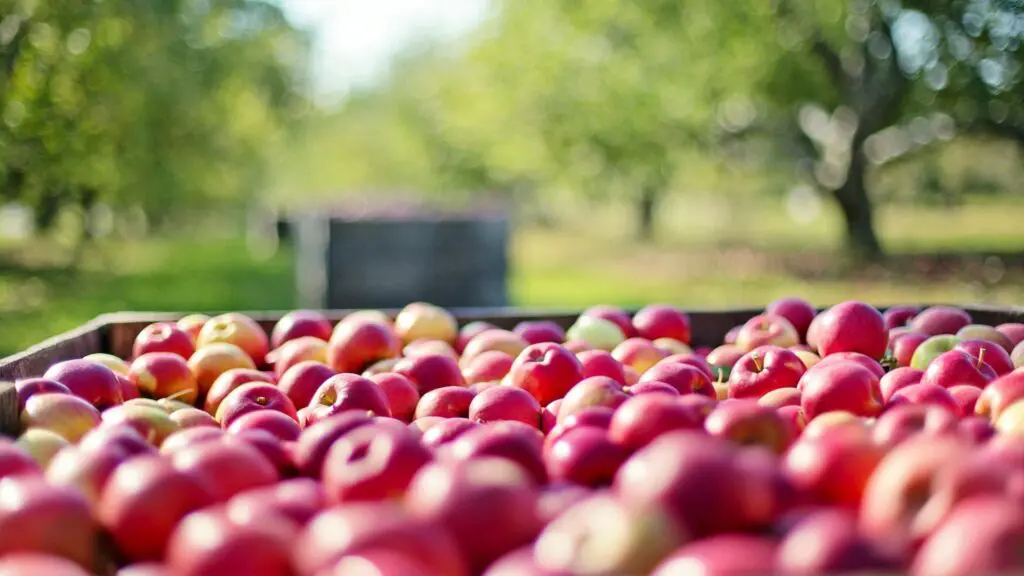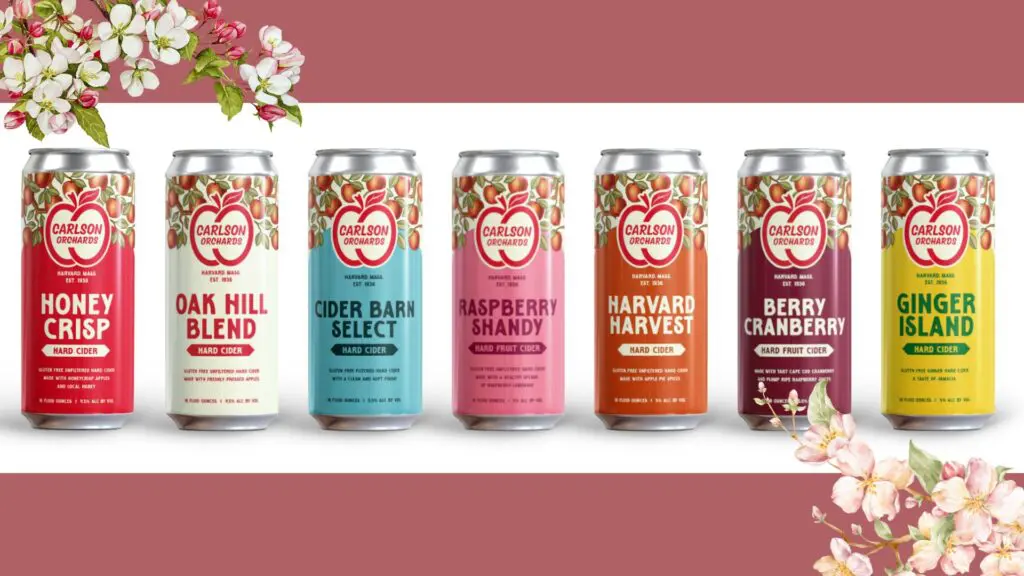Apple Tales with Darlene Hayes
The golden days of August are a time of great abundance in California’s Sonoma County where the late summer air around the small town of Sebastopol is perfumed with one of the county’s historic bounties, Gravenstein apples. It’s an old apple, and as is the case with most old apples, its origins are a little muddled. Did it come from Italy, Denmark or Germany? And how did it find itself on the other side of the earth in California?
A very early, and perhaps the first, description of the Gravenstein apple was made in 1788 by Christian C. L. Hirschfeld (1742-1794), who wrote that though the apple originated in Italy, it took its name from an estate held by the Dukes of Augustenburg, a summer residence in Gråsten (Gravenstein in German) near Sønderborg, which is now firmly in Denmark (Handbuch der Fruchtbaumzucht, vol 1). During the 18th century, this part of Jutland was not in Denmark proper, but was a separate duchy in the Holy Roman Empire, which may account for some of the confusion as to whether the apple arose in Denmark or Germany.
Several years earlier, Hirschfeld had written about a nursery business on the nearby island of Als owned and run by the Vothmanns, which is probably where he first encountered Gravensteins. Founder Peter Vothmann (1666-1731) was a gardener at a ducal estate on Als during the late 17th century, leasing a plot of his employer’s land to start a nursery, the first in the area. Beginning with kitchen vegetables, he soon was grafting and selling fruit trees, borrowing money to buy the land in the late 1720s. The loan was still outstanding when he died in 1731 leaving his second wife Maria, née Thun (1678-1765), struggling to keep the business afloat.
Peter Vothmann’s son, Hans Peter (1712-1797), had just begun a horticultural apprenticeship at the Gravenstein estate. According to an account written in 1802 by Nicolai Vothmann, Hans Peter’s son, there was a single tree in the gardens, known for its excellent flavor, “which had been brought there from Italy several years ago…called Ville Blanc.” The fact that it bore enough fruit to have developed a reputation suggests that it had been there a while, but how it got there and when, Nicolai does not say. Wanting to help his mother, Hans Peter took as many scions from this tree as he could, grafting them to seedling rootstock in the family nursery and selling the results. Hans Peter originally kept the name Ville Blanc, but eventually started calling the apple Gravensteiner so that it would not be confused with another apple, Caville Blanc, which he thought was similar, though not as good.
The Vothmann nursery shipped trees throughout Northern Europe, as far away as Norway and St. Petersburg, according to Hirschfeld. It was being grown in Scotland and England by the early 1820s, and New York state by 1829, imported by a German nurseryman named C. Knudson, the first step in the Gravenstein’s journey to the west.
There are two competing stories about Gravestein’s eventual arrival in California. The first involves a group of Russians who, in 1812, established a fur trapping and provisioning settlement called Fort Ross on the Pacific coast of what would become Sonoma County. Existing records show that apples were first planted there in 1820, a shipment of trees brought in from the nearby Spanish town of Monterey. These were probably seedling trees, and there is nothing in the documentary record to suggest otherwise. There were, apparently, old Gravensteins growing in the remnants of the Russians’ orchard by the 1920s, but the property had changed hands several times in the ensuing years, and those owners also planted orchards. Named varieties don’t appear in the record until the 1870s.
A much more likely scenario is that the apple came west with the nurseryman Henderson Luelling (1809-1878). A fascinating character, Luelling was born in North Carolina, moving to the newly opened territory of Indiana in 1822 where he eventually started his first nursery. A devout Quaker and abolitionist, Luelling moved on to the newly founded Salem, Iowa, in 1837, along with this brother John and their families, both to start an expanded nursery business and work against slavery. Gravenstein was probably one of the apples they sold, for Luelling made regular trips to the Prince family nursery on Long Island where he could access scionwood for the latest popular varieties. The Prince nursery started listing Gravenstein for sale some time between 1833 and 1837.
Long fascinated with seeing the farthest western part of the continent, in 1847 Luelling made the decision to uproot his family once again and head for the Oregon Territories. The story of his arduous journey as told by David Diamond in Migrations: Henderson Luelling and the Cultivated Apple, 1822-1854 (2004) makes for compelling reading. They built a wagon outfitted with soil-filled boxes just to transport the some 700 plants they took with them – apples, pears, cherries and grapes – pulled by a team of six oxen. Setting out in April 1847, it took them a full eight months to make the trip of some 2,600 miles from Iowa to the Oregon Trail’s end near modern day Portland. One third of the people traveling with them died en route. Half of the plants died from mid-July killing frosts as they crossed the Rocky Mountains. Luelling’s wife, Elizabeth, spent the entire journey pregnant, giving birth to their ninth child about two weeks after their arrival in Oregon.
It took several more months before Luelling bought property he thought suitable, rejecting the easy grasslands of the Willamette Valley for a forested site on the east bank of the Willamette River. There was an existing cabin, but not much cleared land for an orchard. It took two months to clear one acre of the old growth trees and finally get his young fruit trees into solid ground, having spent an entire season from flowering to dormancy in that rolling wagon. Gravenstein, Yellow Newtown Pippin and Esopus Spitzenburg were among them, according to a list provided by Luelling’s son Alfred, for most of the apples had survived the journey. There was a mad scramble to find or plant seedlings that could be used as rootstocks, but several years later Luelling or his partner, William Meek, were making periodic trips through Oregon and southern Washington with a nursery wagon filled with trees ready for planting.
Luelling probably had his eye on the California market from the beginning, though non-indigenous settlement was sparse at the time. The population exploded when gold was discovered in 1849, greatly increasing the demand for fresh fruit. John and Seth Luelling, who had by now joined his brothers in the Oregon enterprise, planted another nursery orchard in 1850-51 on land in the mountainous gold fields west of Sacramento owned by Enos Mendenhall, another one of the Salem Quakers that had traveled west with the Luellings. This was, no doubt, the source of the grafted trees sold by Sacramento auctioneer J.B. Stark in March of 1854, the first mention of Gravenstein’s existence in California. Captain Joseph Aram of San Jose exhibited Gravensteins at the state fair of 1856. J.W. Osborn showed Gravensteins from his Napa Valley orchard at the state fair of 1858. An early mention of Gravensteins in Sonoma County came in January 1862 when the Petaluma-based J.L. Mock nursery included the variety in a newspaper ad. And so Gravenstein spread, until by the early 20th century it was one of the most widely planted varieties in Sonoma County.
Gravenstein seems to have always had a host of devoted fans. “The Gravensteiner is unequivocally the king among the apples,” wrote Hirschfeld, “[i]t is also everywhere … [t]he shape is Caville-like, yellow in color, bright red on the sunny side, sprinkled with red stains [stripes] … .The smell is sublime and melon-like; the flesh is very white, firm, rich, and has a lovely taste.”
Similarly, William Kendrick wrote in 1833 in The New American Orchardist: “This apple is equally useful for the table and other purposes … [I]t not only affords excellent cider, but also when dry a very palatable dish.”.
Though it has chiefly been used as a processing apple in the United States, a number of West Coast cidermakers have recently embraced Gravenstein’s cidermaking potential. One might expect Gravenstein ciders to be all low tannin, but several in this group had pleasant levels of astringency and fuller body (Dragon’s Head, Tilted Shed, Humboldt Cider). Their most common feature was flavors of various tart citrus fruits, sometimes zest and other times juice. Several of the examples tried had been in the cellar a while and had suffered for it (they are not included here), suggesting that Gravenstein ciders may be best consumed while fairly young and still showing their bright, zesty fruit character.
Bauman’s Cider Company – Gervais, Ore.
Dry; apple skin, pear skin, lime juice, lemon rind, green apple, barely ripe peach, honeydew melon; sparkling
2020 | 6% ABV
Dragon’s Head Cider – Vashon Island, Wash.
Dry; quince, tart orange juice, lime juice, coriander, barely ripe nectarine, green herbs; sparkling
2018 | 6.9% ABV
Hidden Star Orchards – Camino, Calif.
Semi-dry; butterscotch, lime zest, nectarine, plum skin, mandarin orange; sparkling
2017 | 6.9% ABV
Tilted Shed Ciderworks – Windsor, Calif.
Dry; grapefruit zest, dried herbs, tart apple, candied citrus peel, lightly floral, VA; sparkling
2020 | 8% ABV
Wildcraft Ciderworks – Eugene, Ore.
Dry; dried twigs, straw, lime juice, apple skin, VA; sparkling
2020 | 6.8% ABV
Humboldt Cider Company – Eureka, Calif.
Semi-dry; cooked apple, lemon zest, nectarine, quince, hay; sparkling
2020 | 7% ABV
Gopher Glen – San Luis Obispo, Calif.
Plum skin, lime, gooseberry, coriander, slight VA; sparkling
2018 | 8% ABV
A longer form of this article first appeared at allintocider.com.
How can you read prior Apple Tales? Check them out below.
Ashmead’s Kernel: From unknown origins to an apple of great distinction
The Jonathan: How does an apple become famous?
A classic English apple, Porter’s Perfection

